Commanders of the Washington Artillery
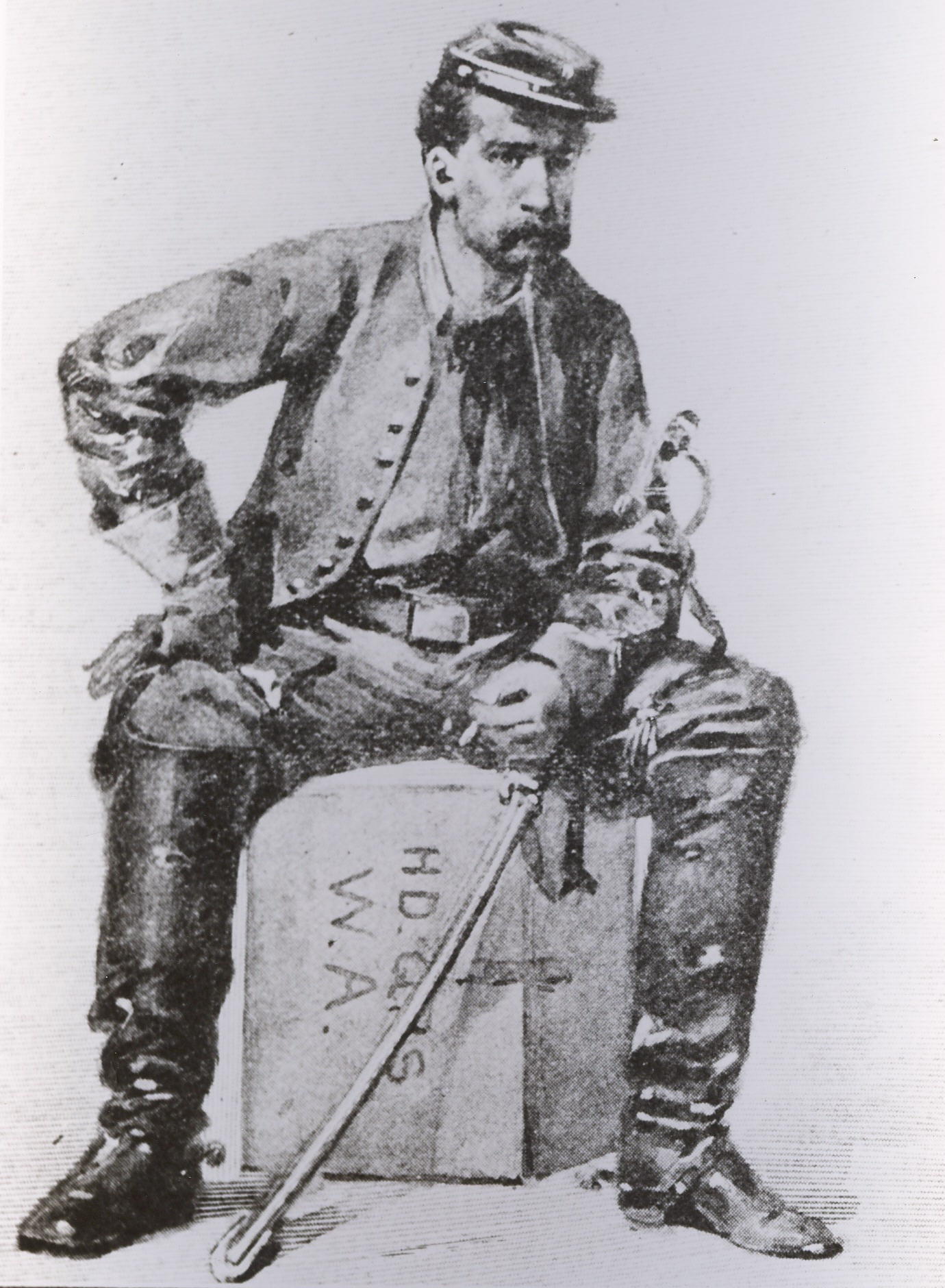
Washington Artillery Commanders
CPT Elisha Leffingwell Tracy
1LT Rinaldo Banister, Sr.
[allowed to reorganize following War Between the States in 1875]
LTC Edward P. Benezech, Sr.
LTC Armand J. Duplantier, Jr.
LTC Edward P. Benezech, Jr.
LTC Charles A. Bourgeois, Jr.
LTC Russel A. Mayeur, Sr.
LTC Urban B. Martinez. Jr.
LTC Urban B. Martinez. Jr.
LTC Thomas W. Acosta, Jr.
LTC John R. Hennigan, Jr.
.jpg)
James B. Walton
“Father of the Washington Artillery”
“Ever
faithful, it has maintained in peace and in war an enviable distinction for high
character, devotion to duty, discipline, and all those grand qualities that have
made the muster roll of the Washington Artillery a roll of honor.”
James
B. Walton 1883
Although Elisha L. Tracy was the
Washington Artillery’s first captain when officially organized in 1838, James B.
Walton may be considered the unit’s “father.” He was instrumental in
creating the organization that we know today, including its logo, insignia, and
its reputation for valor earned in battle. Walton was born in Newark,
New Jersey on November 18, 1813. His family moved to New Orleans when he was a
child. Walton took his military inspiration from Louisiana’s General Persifer R.
Smith and helped organize a militia unit in New Orleans named the Washington
Battalion. This unit was increased to a full regiment and offered its services
to the U.S. government during the Mexican War with Walton in command, serving
under Zachary Taylor.
Following the war, Walton resumed his
civil pursuits, taking on political endeavors, serving as Secretary of the State
Constitutional Convention in 1852 and Secretary to New Orleans’ Mayor C. M.
Waterman in 1857. Walton took over command of a floundering Washington
Artillery which consisted of a mere fifteen men in 1857 and brought it back to its full glory. He was major of the
unit when it was increased to a full battalion of four batteries and joined the
Confederacy in 1861.
Walton served as commander of the
Washington Artillery and attained the rank of Colonel, Chief of Artillery of
General Longstreet’s Corps during the War Between the States. However, he was offended when passed over for the
rank of Brigadier General to a younger subordinate (E. Porter Alexander), and he resigned from the
Washington Artillery in protest on July 18, 1864, much to the dismay of his men.
He served as Inspector General of Artillery until the close of the war at which
time he returned to New Orleans. He owned an auction house both prior to and following the war.
When the Washington Artillery reorganized in 1875, Walton was elected Colonel and
served until his resignation in 1877. He died on September 8, 1885.
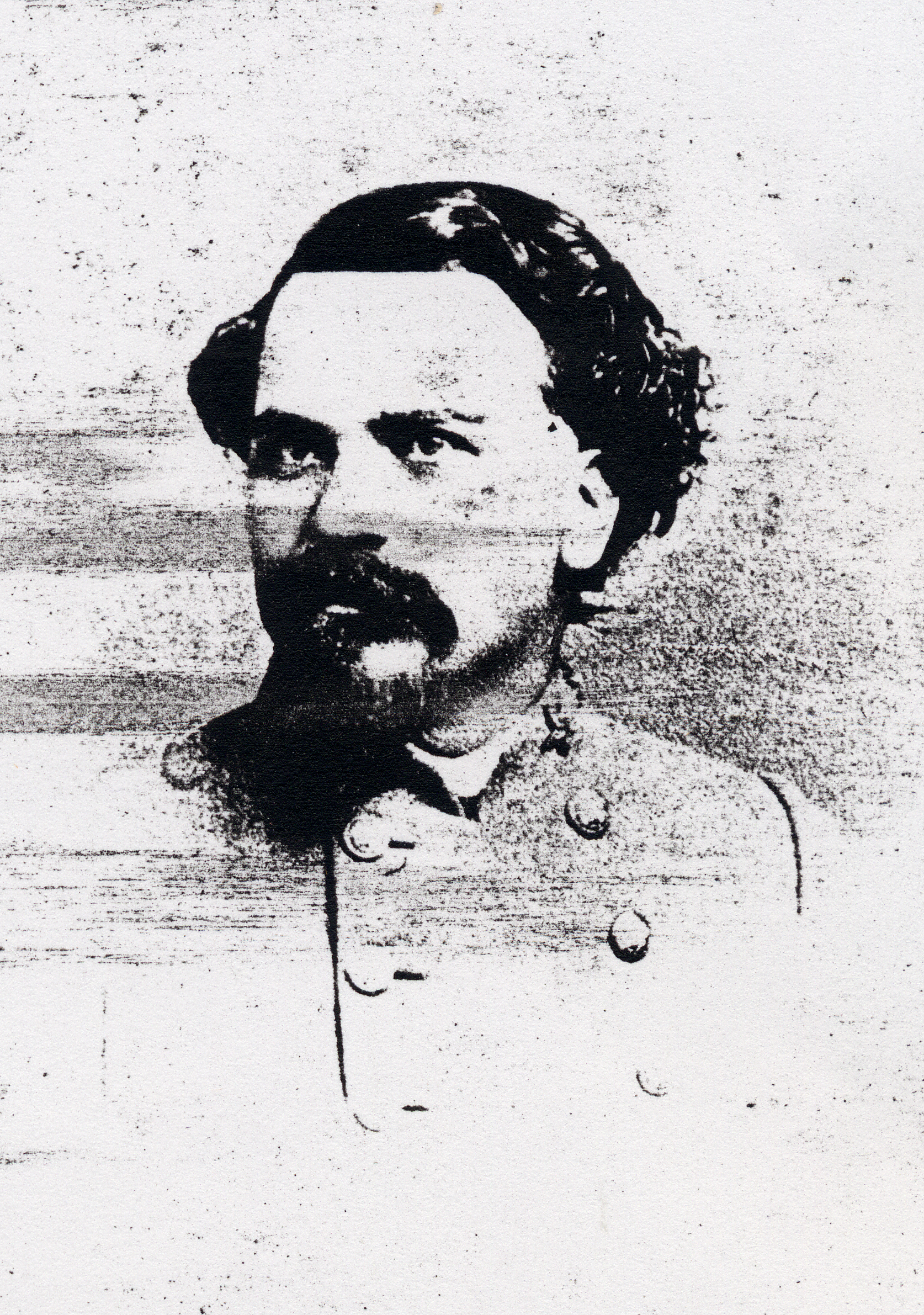
Benjamin F. Eshleman
“We thought we were doing our duty. It may have been an illusion,
but nothing could have carried us through our work if our hearts and consciences
had not been where we at least though they ought to be."
Eshleman 1883
Benjamin Franklin Eshleman was
born in Lancaster County, Pennsylvania on March 9, 1830. At age twenty he moved
to the South to partake in the prosperous hardware business in New Orleans. He
joined the Washington Artillery in 1857 as a private. He was promoted to
lieutenant when the company was enlarged to a battalion and captain prior to
leaving the city for Virginia in 1861. He commanded the first artillery duel of
the Civil War at Blackburn’s Ford and the signal fire to start the Confederate
cannonade prior to Pickett’s Charge at Gettysburg.
He took part in all of the
battles in which the Washington Artillery of the Army of Northern Virginia
participated and continued to advance in rank until he assumed the position of
Major of Artillery under Longstreet’s Corps on March 26, 1862.
His wartime talents did not go
unnoticed. Confederate General John D. Imboden called him “one of the best
artillery officers in the Army,” and General Robert E. Lee personally
recommended him for his final promotion to the rank of Lieutenant Colonel on
February of 1864. Eshleman took command of the battalion after Walton's
resignation until the return of William Miller Owen from special assignment. He surrendered with the
battalion at Appomattox Courthouse on April 9, 1865.
After the war
he returned to the mercantile business and became a partner in the established
firm of Stark, Stauffer & Co., which became Stauffer, Eshleman & Co. in 1885. He
postwar activities included presidency of the Washington Artillery Veteran
Association.
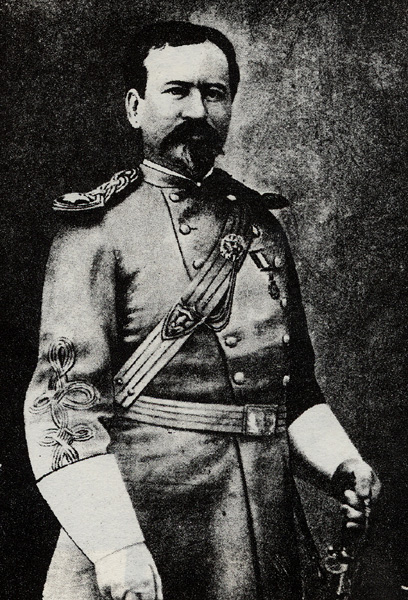
William Miller Owen
“When leaving home, bearing so proudly
upon our breasts the tiger head of our command with the inscription, “Try Us,”
little did we think how soon it would receive its baptism of fire, and how many
well fought fields would in after years attest our fidelity and our devotion to
our motto.” “Gaining reputation at the cannon’s mouth. Our battles, where they
tried us.”
William Miller Owen 1883
William Miller Owen was
born in Cincinnati, Ohio in 1840 and received his education from a military
academy in that city. In 1858 he moved to New Orleans to gain employment
at a leading cotton brokerage firm. Longing again for military comradeship, he
joined the Washington Artillery on December 6, 1860 as private. He was soon put
into action, taking part in the seizure of the federal arsenal at Baton Rouge on
January 11, 1861. Colonel J. B. Walton noticed his leadership and organizational
skills, and appointed him adjutant of the battalion with the rank of first
lieutenant prior to the unit’s leaving the city for Virginia.
Owen participated in the battle of
Manassas and all the battles engaged by the battalion through Gettysburg, after
which he was promoted to Major of Artillery and sent to Abingdon, Virginia where
he was placed in command of the artillery at Saltville in the Department of
Southwestern Virginia. He was then appointed lieutenant colonel, chief of staff
of the division under General William Preston and participated in the battle of
Chickamauga. The following winter he was placed in command of the 13th
Virginia Battalion of Artillery.
In 1864 he was ordered to the command of
the Washington Artillery in time for the siege of Petersburg. While standing on
a parapet directing one of his guns, he was wounded in his left cheek by a
glancing blow from a sharpshooter’s Minie ball. He surrendered his battalion at
Appomattox, paroled his officers and men, and returned to New Orleans where he
made his permanent residence. When the battalion was reorganized in 1875
following Reconstruction, he succeeded Walton as its commander. He achieved
national recognition after writing his wartime recollections in his book, In
Camp and Battle with the Washington Artillery of New Orleans, in 1885. Owen
died on January 10, 1893.
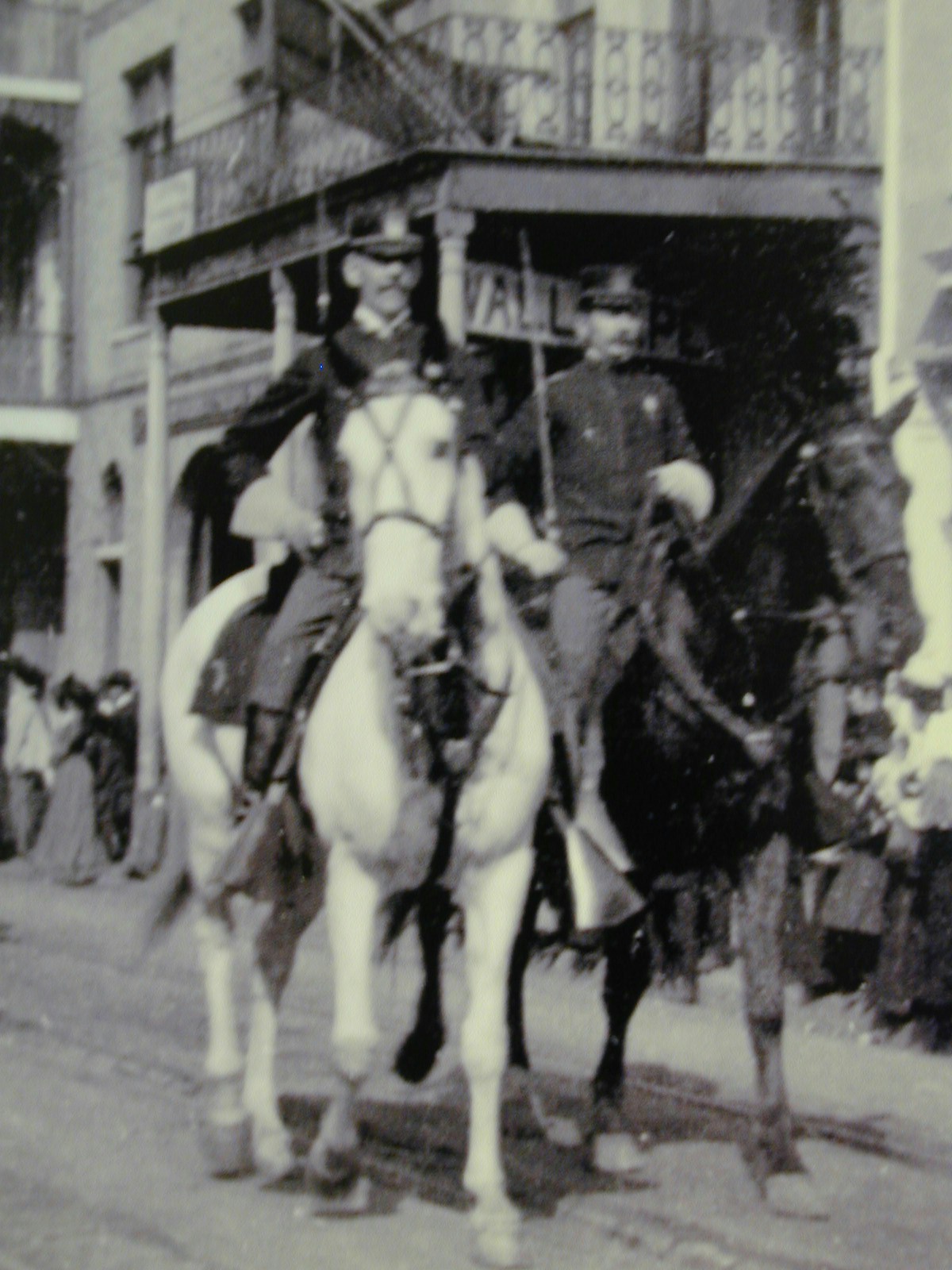
John Benjamin Richardson
(Above photo courtesy John M. Fleming Collection)
John
Benjamin Richardson was the sixth child of eight born to Virginians John M. and
Mary Ann Keyes Richardson on April 28, 1833 at Florence, Alabama. He inherited
his fondness for military life from his father who was wounded while serving
under commander and personal friend Andrew Jackson during the Seminole War.
John B.
settled in New Orleans where he received his education and worked in the
lucrative antebellum cotton and sugar business, becoming a partner in the house
of John F. Wyche & Co., one of the leading firms of the city. He joined the
revamped Washington Artillery on December 19, 1859 at the age of 27 as a private
at a time when the military organization was more of a social than a military
one. He was elected First Lieutenant of its First Company prior to the unit
leaving for Virginia to fight in the Civil War and saw action almost
immediately. While commanding his battery in an artillery duel with the Federals
at Blackburn’s Ford prior to the battle of First Manassas, his horse was killed
under him by cannon shot. The action yielded him the honor of commanding the
first Confederate battery which engaged the enemy during the war. Following the
engagement he received the personal commendation of General Beauregard for the
bravery which he showed in the fight.
Within a short
period of time Richardson’s command expertise warranted him a promotion to
Captain of Second Company. Other battles of the eastern theater followed in
quick succession and Richardson figured prominently in all of them. At the
second battle of Manassas Richardson engineered the capture of one of the
federal batteries, abandoning his own inferior guns, then turned to newly seized
guns on their former owners and the superior enemy force. So intent was his
loyalty to his cause that Richardson refused to surrender at Appomattox,
ordering his battery’s men to bury their guns and disband into the hills the
night before the fateful April 9, 1865. He and most of his command fled to
Greensboro to meet with the Confederate Army under General Joe Johnston, but
were forced to surrender there with the remainder of the eastern Confederate
forces on April 26th.
After the war
John B. married Cornelia A. “Nannie” Pugh on May 17, 1865 in Guilford, North
Carolina. They went briefly to Virginia where her parents had returned after the
war, and where their first child was born in July of 1866. He and his new family
resettled in New Orleans on 1625 Prytania Street where he raised four other
children. Richardson tried to return to the cotton business, but found that a
profit could not be made in that field in Reconstruction New Orleans. So he
turned his attention to the railroad industry, at first with the old
Pontchartrain Railroad. In 1869 he was appointed secretary and treasurer of the
Opelousas and Western Railroad and Steamship Company, then continued in that
capacity when the company was purchased by the Morgan Railroad and Steamship
Company some years later. Richardson attained that same position within the
Southern Pacific Company, then later the Southern Bridge and Railway Company.
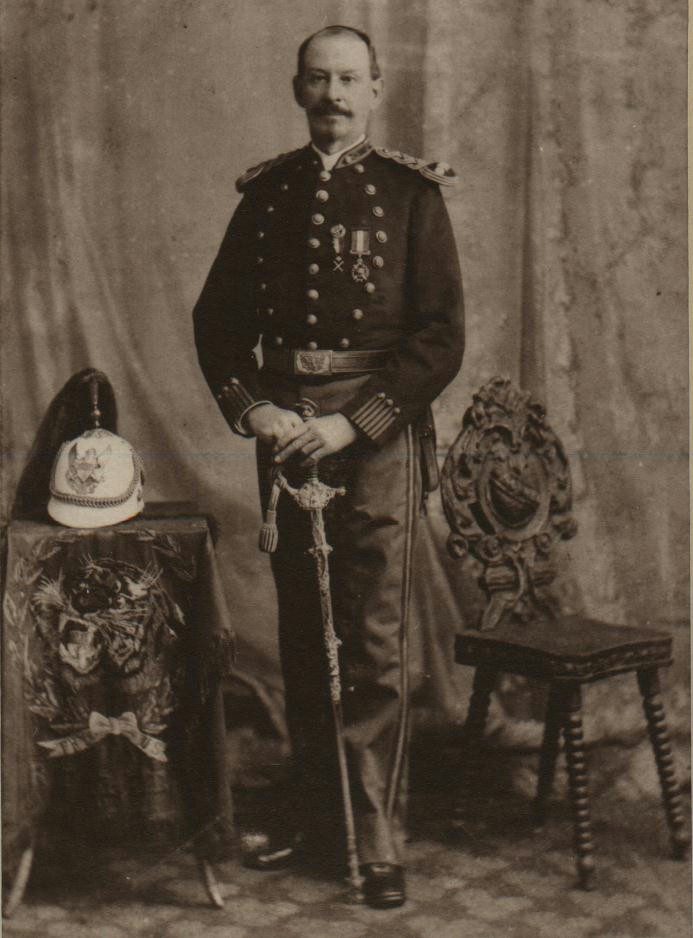
In 1875
Richardson was instrumental in reorganizing the Washington Artillery. He resumed
the rank of Captain of Company C when the organization was allowed to exist the
following year. In 1881
Lieutenant Colonel John B. Richardson replaced William Miller Owen as commander.
Richardson would reign as commander for the next twenty-six years and was
instrumental in securing the old Exposition Hall on Saint Charles Street as a
new arsenal, aptly renamed Washington Artillery Hall.
In 1880 he was advanced to the highest rank within the command, Lieutenant
Colonel, which he filled until the time of his death in 1906.
John B.
Richardson was buried in Metairie Cemetery in New Orleans in the Army of
Northern Virginia Mausoleum (Vault 9) until he was re-interred into the family
tomb within the same cemetery. Prior to burial he laid in state at the
Washington Artillery Arsenal under full color guard from the battalion. Honorary
pallbearers included many dignitaries of the day, including then Louisiana
Governor Blanchard.
Allison Owen was the son of the past commander William Miller Owen. He was born in New Orleans on December 29, 1869. Allison Owen was educated in the public schools of New Orleans, then Tulane University, and finally
technically for his chosen calling in the Massachusetts Institute of Technology. For about thirty years he had been identified with a large volume of important Practice as an architect, being member of the firm Diboll & Owen,
architects, with offices in the Interstate Bank Building. He specialized in the building of churches, colleges and other public structures. Some of the important examples of his work include the New Orleans Public Library at
Lee Circle, Canal-Louisiana Bank and Office Building, Municipal Court Building on Broad Street, Metropolitan Bank and Office Building, Prytania Street Presbyterian Church, Notre Dame Seminary at New Orleans, Westminster
Congregational Church at Kansas City; St. Joseph's Church at Mobile, Sacred Heart Academy on St. Charles Ave. and many other church and school structures in New Orleans and other cities of the south. He was a member
of the Board of Architects for Loyola College; is a past president of the Louisiana Architects' Association, a member of the Louisiana Chapter of the American Institute of Architects, and was a lecturer on architectural history at
Tulane University. For a number of years he was editor of "Architectural Art and Its Allies of New Orleans," and contributed many' articles on architectural subjects to other publications. As early as 1895 the young architect
Allison Owen attempted to form a society to preserve New Orleans landmarks. Owen successfully fought the city's plans for the destruction of the Cabildo, the colonial building constructed to house the Spanish governing body.
He married at New Orleans, September 16, 1896, Miss Blanche Pothier, daughter of Louis Benjamin and Emelia (Carriere) Pothier. Four children were born to their marriage: William Miller, Cecile Violett, Allison, and Louis
Benjamin. Louis Benjamin died in November, 1921, at the age of six years.
As a young man Allison joined the Washington Artillery, rising to the rank of captain and adjutant, then to major. Owen became commander of the Washington Artillery in 1909. Owen had the insight to allow the Washington
Artillery to muster into service within the Louisiana National Guard on December 13, 1909 as the Battalion Washington Artillery. Owen oversaw the unit’s 470 men and 17 officers and continued the battalion’s reputation
of artillery skills, winning nationally recognized artillery competitions.
Owen served with the rank of major from July, 1916, to February, 1917. During
this time the Washington Artillery became part of the U.S. forces sent to
the American/Mexican border to protect American lives and property. The Washington Artillery was mustered out of
Federal service on Mardi Gras Day February 28, 1917.
In July, 1917, Owen became lieutenant colonel, and when the Washington artillery
was mustered into the national army, he became
colonel. He took special courses in the artillery schools at Fort Sam Houston,
Fort Sill and Fort Riley. The United States
declared war on Germany on April 6, 1917 following the sinking of the USS
Lusitania, at which time the men of the command went into training at Camp
Nichols. The battalion was expanded and mustered into Federal service on April
20, 1917 as the First Louisiana Field Artillery as part of the 64th
Field Artillery Brigade of the 39th Division and given a new
designation, the 141st Field Artillery, on September 27, 1917. While
in France the unit received a telegram from the War Department authorizing the
use of the name “Washington Artillery” in addition to its numerical designation
“141st”.
It was here that his son,
William Miller Owen, died March 14, 1919 while serving as a lieutenant of the
unit. The Washington Artillery arrived back in New
Orleans on April 28, 1919. Its members were mustered out of Federal service May
3, 1919 at Camp Shelby, Mississippi.
General Owen served in 1922 as commander of the Fourth Corps Area military order of the World War, and became a member of the general staff of that organization as well as the American Legion.
He was vice-president of the Aetna Homestead Association, president of the New Orleans Round Table Club, a member of the Pickwick Club, the Lions Club (elected its president December 23, 1924), the Louisiana Historical
Society, the Society of Colonial Wars in the State of Tennessee, and a prominent layman in the Catholic Church. He was a fourth degree Knight of Columbus. General Owen was vice-president of the City Planning and Zoning
Commission, president of the Lee Circle Commission, and vice-president of the City Parking Commission. In early 1941, General Allison Owen was New Orleans’ Red Cross President. He died in 1951.
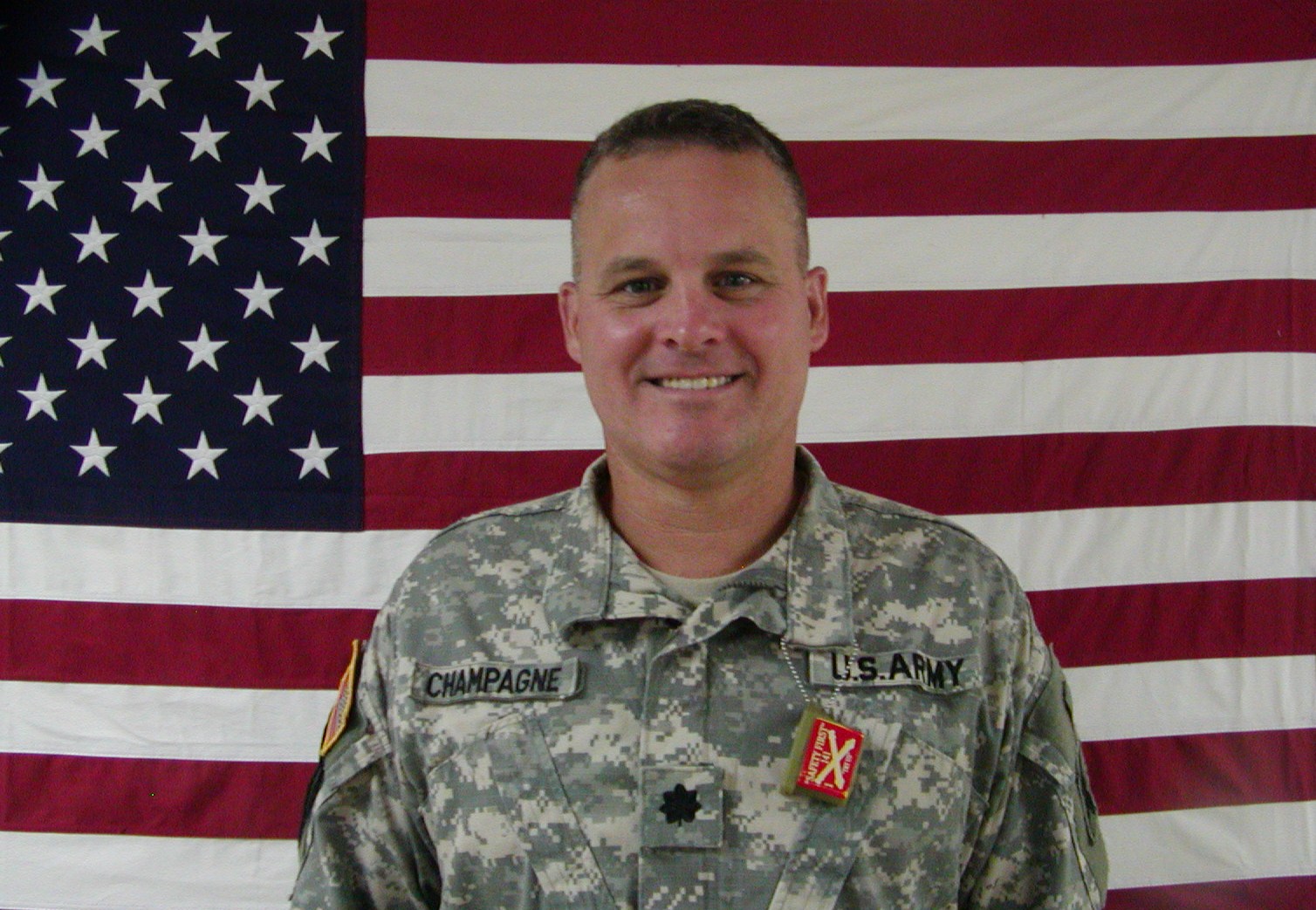
Lieutenant Colonel Brian P. Champagne joined the United States Marine Corps
on November 13, 1983, serving with the 3rd Battalion, 23rd
Marines. He transferred to the Louisiana Army National Guard in February 26,
1987 to attend Officer Candidate School at the Louisiana Military Academy at
Camp Beauregard, Louisiana. In 1988, he was commissioned as a 2nd
Lieutenant in the Washington Artillery.
From
1988-1990, he served in Headquarters and Headquarters Battery, 1st
Battalion 141st Field Artillery as a Fire Support Team Chief
assigned to 2nd Battalion, 156th Infantry. From 1990-1995, he was
re-assigned to Charlie Battery, 141st Field Artillery as a Fire
Direction Officer and later as a Platoon Leader. He was mobilized, with
Charlie Battery, in support of Operations Desert Shield and Desert Storm,
training at Fort Hood Texas. From 1995-1996, he was re-assigned to
Headquarters and Headquarters Battery, 1st Battalion 141st
Field Artillery where he served as the Battalion Fire Direction Officer.
From 1996-1998, he commanded Alpha Battery, 141st Field
Artillery. From 1998-2003 he was re-assigned to Headquarters and
Headquarters Battery, 1st Battalion 141st Field
Artillery, as the Battalion Operations Officer. From 2003 to until assuming
command of the 1st Battalion 141st Field Artillery, he
served as the Battalion Executive Officer and was mobilized with the
Battalion from 2004 -2005 in support of Operation Iraqi Freedom. Upon
returning home, he was called upon to support the Hurricane Katrina relief
effort serving with Task Force Orleans as the Executive Officer and later
the Task Force Commander. On January 3, 2007, he assumed command of the
1/141 Field Artillery Battalion, the position in which he continues to
serve.
His
military schools include United States Marine Corps Recruit Training, United
States Marine Corps Basic Infantry Course, the Louisiana Military Academy,
Artillery Officer Basic Course, Artillery Officer Advance Course, the
Nuclear Biological and Chemical Self Defense Course, Combined Arms Staff
Services School and Command and General Staff College
His
awards and decorations include the Bronze Star Medal, Meritorious Service
Medal with Oak Leaf Cluster, Army Commendation Medal with 3 Oak Leaf
Clusters, Army Achievement Medal with 3 Oak Leaf Clusters, Army Reserve
Components Achievement Medal, National Defense Service Medal with a Service
Star, Army Reserve Components Medal with Mobilization Device, Iraqi Campaign
Medal, Global War on Terrorism Medal, Humanitarian Service Medal, United
States Marine Corps Good Conduct Medal, Army Service Ribbon, Louisiana War
Cross (2nd Award), Louisiana Commendation Medal, Louisiana
Emergency Service Medal, Louisiana General Excellence Medal (3rd
Award), Louisiana Longevity Medal (2nd Award), Louisiana National
Guard Cold War Medal.
His
professional memberships include: the National Guard Association of the
United States and Louisiana, the Field Artillery Association, and the
Washington Artillery Veterans Association.
He
has been married for 14 years to the former Denise M. Taliancich of Nairn,
Louisiana. They have three children: Blake (7), Kaleb (4) and Zachary (4).
They currently reside in Belle Chasse, Louisiana.
More profiles to come.....